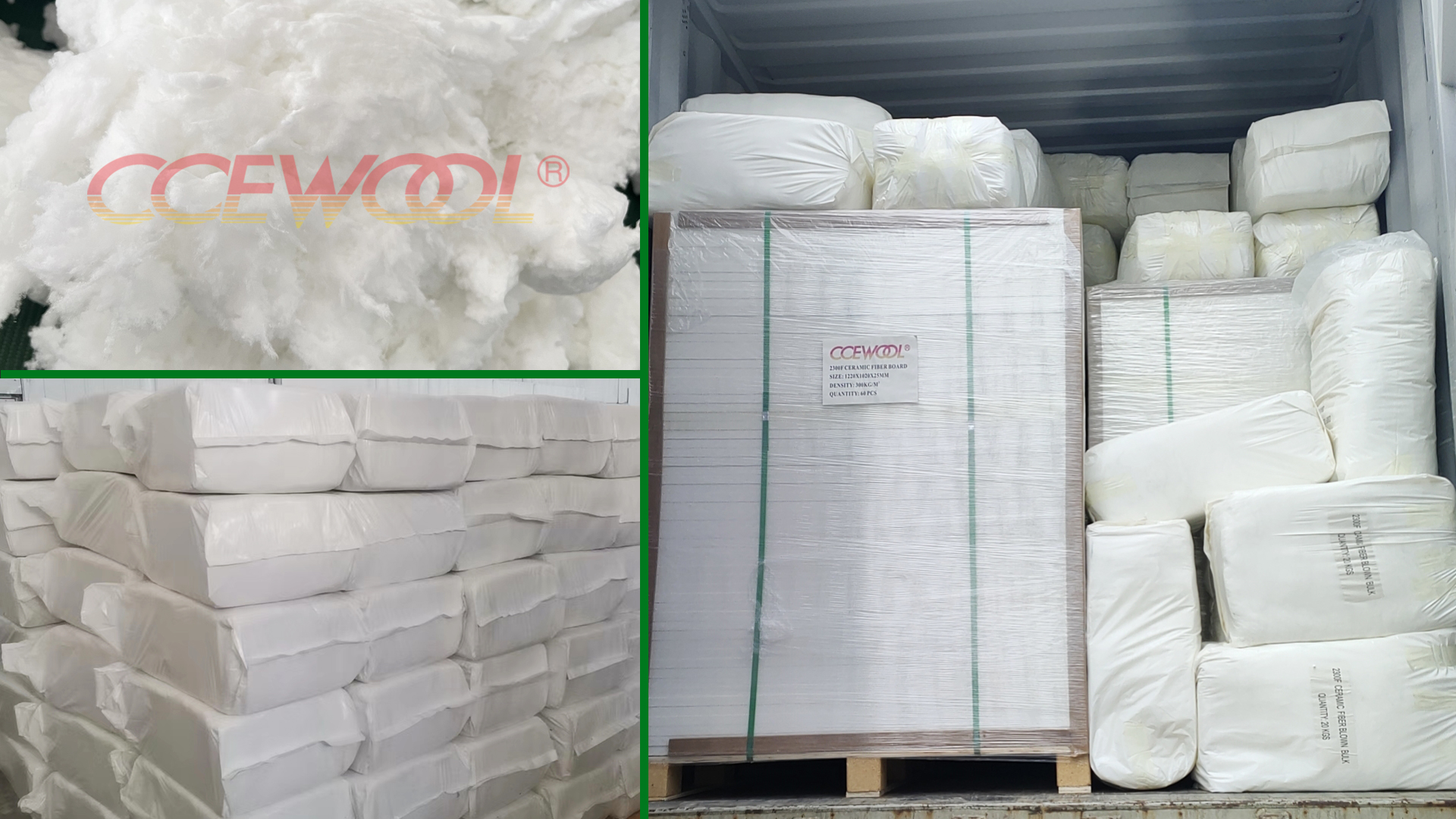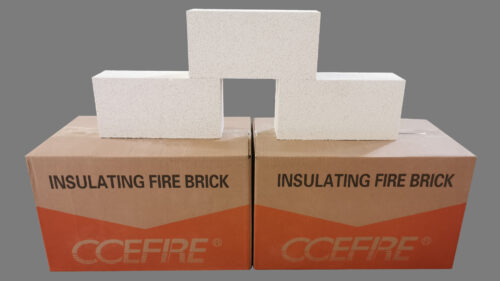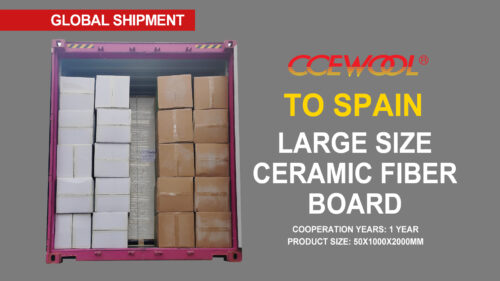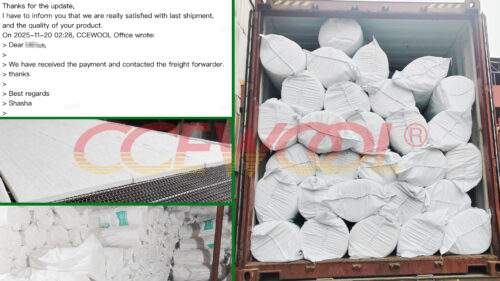Ceramic Wool Fiber – CCEWOOL®
- 16 Jun, 2025
- Insight

In high-temperature industrial furnace lining construction, irregular gaps, corners, and door seams often cannot be effectively sealed or insulated using rigid board materials. At such moments, high-elasticity, resilient ceramic fiber bulk becomes indispensable. CCEWOOL® Ceramic Wool Fiber, with its excellent loft and softness, is widely used for gap filling, furnace door sealing, and reinforcement of complex structures, making it a preferred choice for many global customers.
High Resilience, Better Sealing
CCEWOOL® Ceramic Wool Fiber is made from high-purity aluminosilicate raw materials using a spun fiber process. The resulting fibers are long, fine, and flexible. The product has excellent loft and quickly rebounds after compression, ensuring tight filling in internal spaces and preventing heat leakage. Even under thermal cycling, it maintains its form without collapsing or powdering.
Soft and Compressible, Highly Adaptable
Whether it's around irregular equipment joints, piping gaps, or uneven furnace interiors, Ceramic Wool Fiber easily conforms to the structure. It requires no cutting or shaping, making on-site installation more efficient and versatile.
USA Customer
Cooperation Years: 3 years
Ordered Product: CCEWOOL® Ceramic Wool Fiber
Product Size: 20kg/bag
This U.S. customer uses the ceramic wool fiber for gap filling and thermal repair of metal casting furnaces. They noted:
"CCEWOOL® Ceramic Wool Fiber is highly elastic, evenly fluffy, and seals gaps efficiently. Our installers are very satisfied. The packaging is secure, delivery is fast—definitely a long-term partner we can trust."



